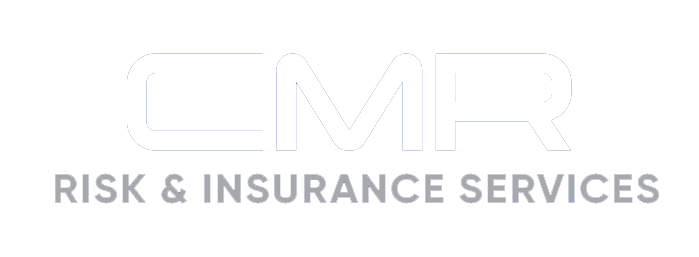California Amends Pay Data Reporting Requirements

On Oct. 13, 2025, California amended the California Fair Employment and Housing Act’s (FEHA) pay data reporting requirements to modify storage requirements and impose mandatory penalties, effective Jan. 1, 2026, and to increase the number of job categories, effective Jan. 1, 2027.
Background
Private employers with 100 or more employees (at least one of whom is in California and including workers hired through labor contractors)must submit an annual workforce pay data report with the California Civil Rights Department (CRD). The report must include the number of employees by race, ethnicity and sex in each of 10 job categories.
Amendment Overview
Effective Jan. 1, 2026:
- Employers and labor contractors must collect and store demographic data separately from personnel records; and
- A court must impose a penalty if the CRD requests a penalty be imposed on an employer for failure to file a pay data report. Previously, courts could, but were not required to, impose penalties. However, the penalty amounts ($100 per employee for the first failure and $200 per employee for each subsequent failure) remain the same.
Effective Jan. 1, 2027, the list of job categories will increase from 10 to 23 to align job categories with the Standard Occupational Classification system used by the U.S. Bureau of Labor Statistics. The new categories will include:
- Chief executives;
- Management occupations, except chief executives;
- Business and financial operations occupations;
- Computer and mathematical occupations;
- Architecture and engineering occupations;
- Life, physical and social science occupations;
- Community and social science occupations;
- Legal occupations;
- Educational instruction and library occupations;
- Art, design, entertainment, sports and media occupations;
- Health care practitioners and technical occupations;
- Health care support occupations;
- Protective service occupations;
- Food preparation and serving-related occupations;
- Building and ground cleaning and maintenance occupations;
- Personal care and service occupations;
- Sales and related occupations;
- Office and administrative support occupations;
- Farming, fishing and forestry occupations;
- Construction and extraction occupations;
- Installation, maintenance and repair occupations;
- Production occupations; and
- Transportation and material moving occupations.
Employer Takeaways
Employers may review and update existing workforce data collection and storage practices to ensure such data is separated from personnel records. In addition, employers may consider taking steps now to ensure they are able to report workforce data using the updated job categories when the new categories take effect.
Article Published By: Zywave, Inc.
